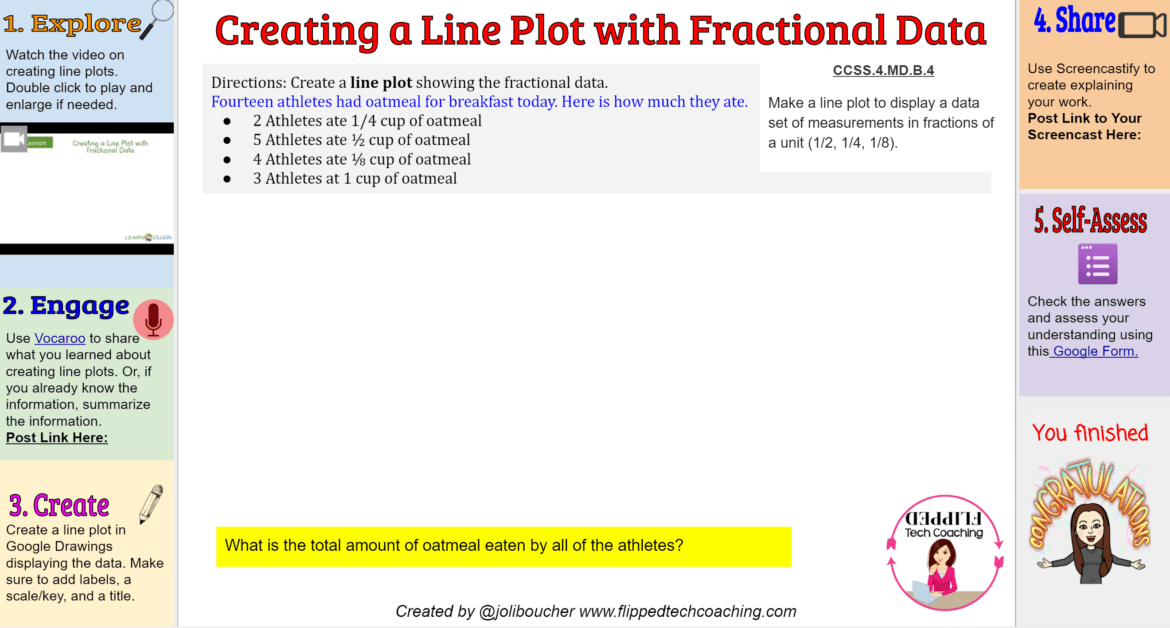Have you heard of Hyperdocs? Created by Lisa Highfill, Kelly Hilton, and Sarah Landis, Hyperdocs take advantage of the read/write aspect of Google Suites. These digital documents are intended to engage and live online, providing students with self-paced, often collaborative, scaffolded learning opportunities. Lisa, Kelly, and Sarah share their insights in their book, The HyperDoc Handbook.
An Invitation to Create
Their inclusive approach (read Teachers Give Teacher to make sharing easy) to sharing Hyperdocs with others has resulted in innovative adaptations of their work. You can see that educators are wild about Hyperdocs and multimedia text sets (MMTSs). Both offer teachers and their students a fresh take on more traditional instructional models. For example, Hyperdocs work great as adaptations of the 5E model. MMTSs take traditional text sets and re-imagine them in various forms. Both have certain elements:
- Self-paced
- Can be completed independently or collaboratively
- Encourage students to interact with the document itself (e.g. Google Doc, Slides)
- Remix existing pedagogical approaches
The term “remixing” describes altering the original state of a creative work. Teaching technologies like Google Suites for Education, Microsoft OneNote, and Class Notebook make it easier accomplish this in the classroom. Teachers, often exhorting their own students to juxtapose past ideas with fresh ideas in their assignments, lack experience in doing this with digital tools. Hyperdocs provide the impetus for such teachers keen on remixing their work for media-savvy students. Remixing serves as an invitation to create.
HyperDrawings, an Innovative Adaptation
One educator has responded to the invitation to remix in a creative way, deviating from the standard templates provided for Hyperdocs. Her name is Joli Boucher (@joliboucher). You can read her writing at The FlippedTech Coaching. In the early summer of 2017, Joli and I had a short conversation about her innovative adaptation. This conversation, edited to seven minutes of insight, will provide you with more information about hyperdrawings.

Listen to Joli Boucher
More About HyperDrawings
Joli describes hyperdrawings as a Google Drawings-powered Hyperdoc. She shares why Google Drawings is preferred over Google Docs or Slides, the more typical choices for those embarking on Hyperdoc creation:
- You can embed YouTube Videos! Just copy video inserted into Google Slides into your Google Drawing. (See tutorial video below.)
- You can add the directions and assignments in the blank space next to the canvas.
- The canvas is an amazing area for students and teachers to demonstrate understanding, solve problems, create screencasts, and use virtual manipulatives.
- You can easily add Bitmoji stickers (use the Bitmoji Chrome add-on) and clipart by dragging them into the blank space next to the canvas.
Ms. Boucher goes on to share that hyperdrawing activities can empower students to develop a variety of skills. These form the framework for each hyperdrawing.

Try Making a HyperDrawing Yourself
Ready to give it a try? Be sure to watch the video tutorials that Joli has embedded in this blog entry, HyperDrawings: Creating Amazing Flipped and Blended Learning Activities. Joli provides some great templates for hyperdrawings at the link above. Get a slightly-modified hyperdrawing template that includes a space to place TEKS and/or ELPS.
For those who would like to follow a step-by-step approach and contribute, I invite you to use this brief website online. Share your hyperdrawing creation in the TCEA Idea Space padlet, which features Hyperdocs and MMTSs created (or adapted) by TCEA workshop participants.

